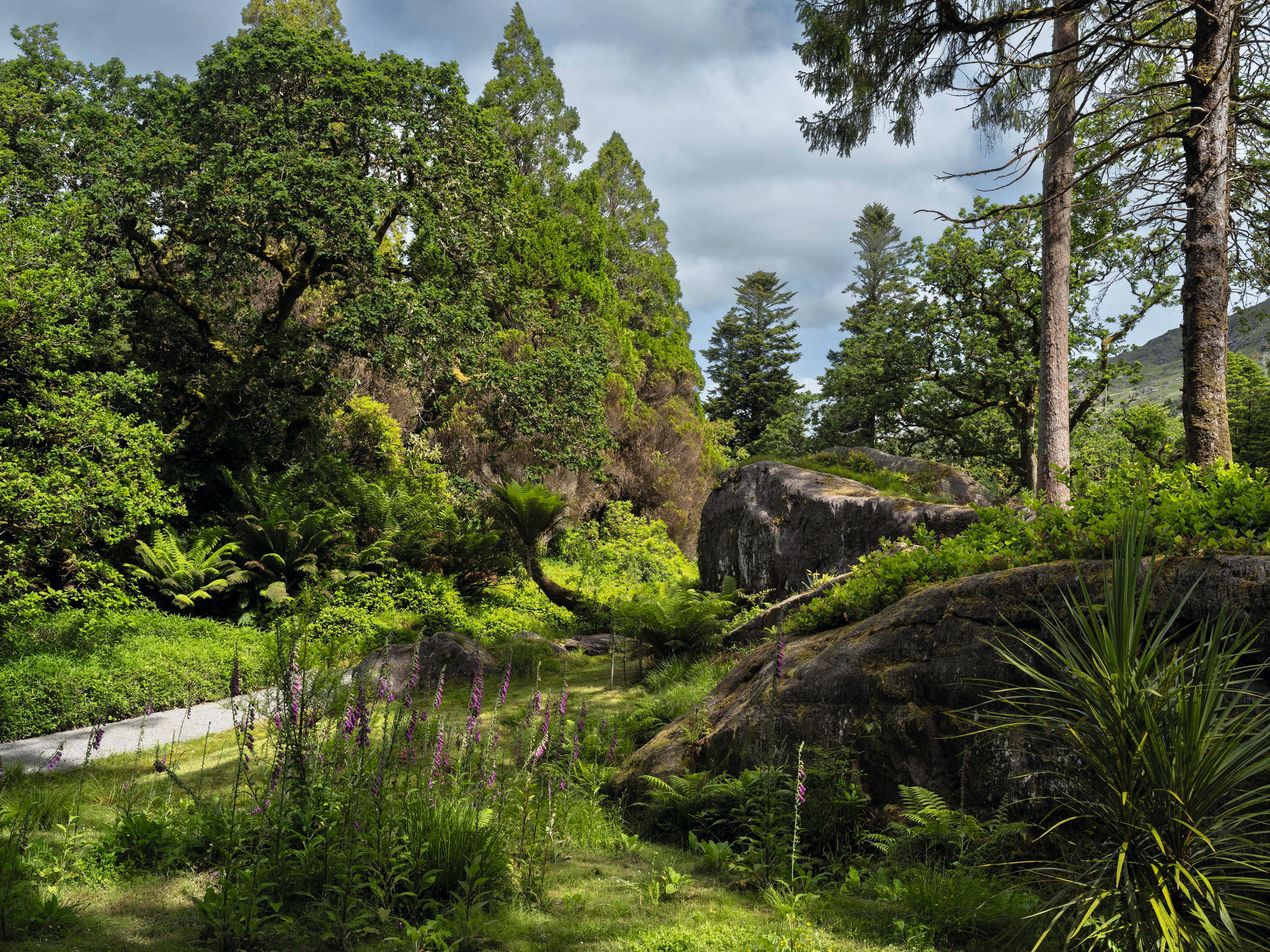Town Mouse on green spaces
Few of London’s greens satisfyingly resemble village greens so perhaps it’s time to reclassify Trafalgar Square, asks Clive Aslet


Great Bentley in Essex has Britain’s largest village green. Visiting it last week, I wasn’t sure that size was necessarily an advantage. It’s difficult to see houses on the other side of this 42-acre tableland without binoculars. The chances of bumping into other villagers while crossing it seem remote, as you probably wouldn’t pass within hailing distance.
Most village greens were nibbled from commons in the late Middle Ages, perhaps as a result of social changes following the Black Death. Great Bentley seems just to have kept the common; I’d love to know why.
Greens aren’t completely de rigueur in England only about a third of villages has one but seem to be special to this country. They’re not much found in the deeper parts of Wales or Scotland, let alone Ireland or France. Some London greens Chelsea, Pimlico are more greys, as the verdure comes from the window of Daylesford Organic.
Paddington Green survives as little more than the name of a police station. Stepney Green would seem to be a football pitch, to judge from Google Earth. Shepherd’s Bush Green whose name, I suspect, was invented by estate agents as an alternative to the older Gagglegoose Green is effectively a traffic island. None of them is very satisfactory. Perhaps we’d better reclassify Trafalgar Square?
Sign up for the Country Life Newsletter
Exquisite houses, the beauty of Nature, and how to get the most from your life, straight to your inbox.
Country Life is unlike any other magazine: the only glossy weekly on the newsstand and the only magazine that has been guest-edited by HRH The King not once, but twice. It is a celebration of modern rural life and all its diverse joys and pleasures — that was first published in Queen Victoria's Diamond Jubilee year. Our eclectic mixture of witty and informative content — from the most up-to-date property news and commentary and a coveted glimpse inside some of the UK's best houses and gardens, to gardening, the arts and interior design, written by experts in their field — still cannot be found in print or online, anywhere else.
-
 Everything you need to know about private jet travel and 10 rules to fly by
Everything you need to know about private jet travel and 10 rules to fly byDespite the monetary and environmental cost, the UK can now claim to be the private jet capital of Europe.
By Simon Mills
-
 'I'd willingly give a year of my life for a fortnight there': The green dream that is the garden of Derreen
'I'd willingly give a year of my life for a fortnight there': The green dream that is the garden of DerreenExotic woods, labyrinths of narrow, mossy paths and thousands of tree ferns make this an internationally important garden, writes Charles Quest-Ritson. Photographs by Jonathan Hession.
By Charles Quest-Ritson